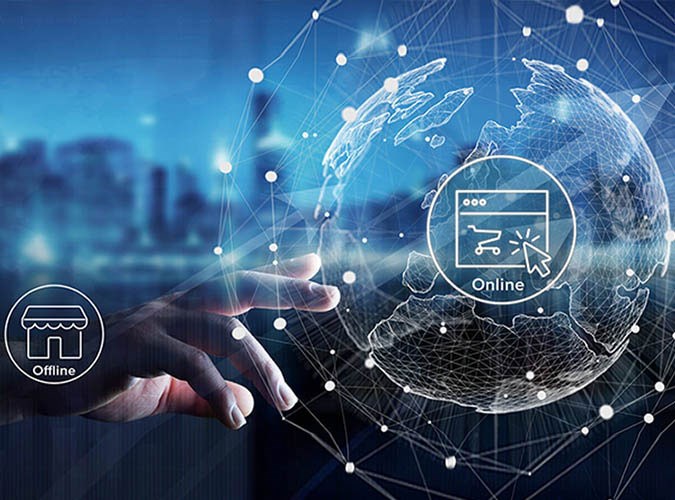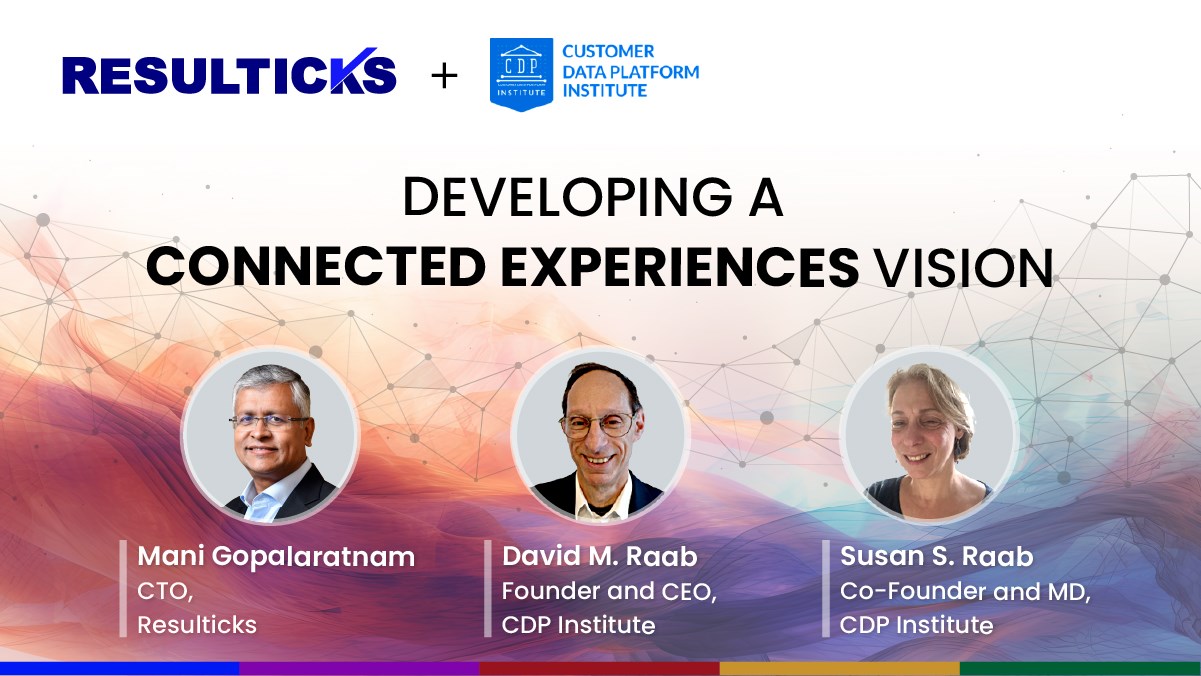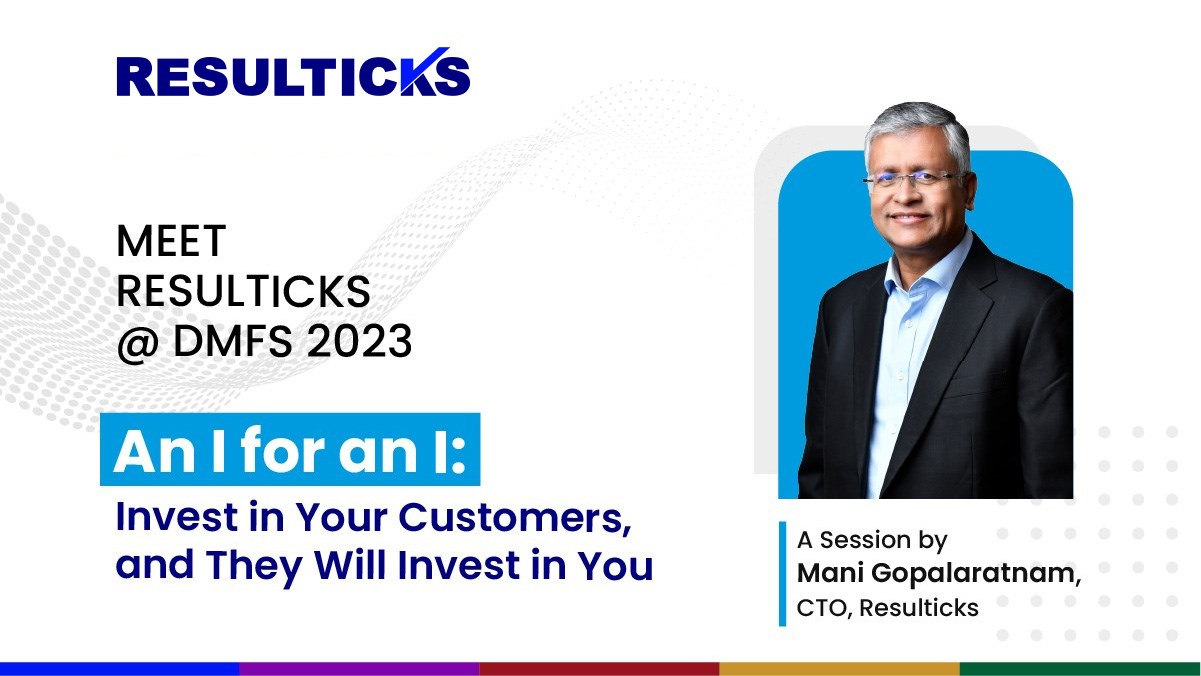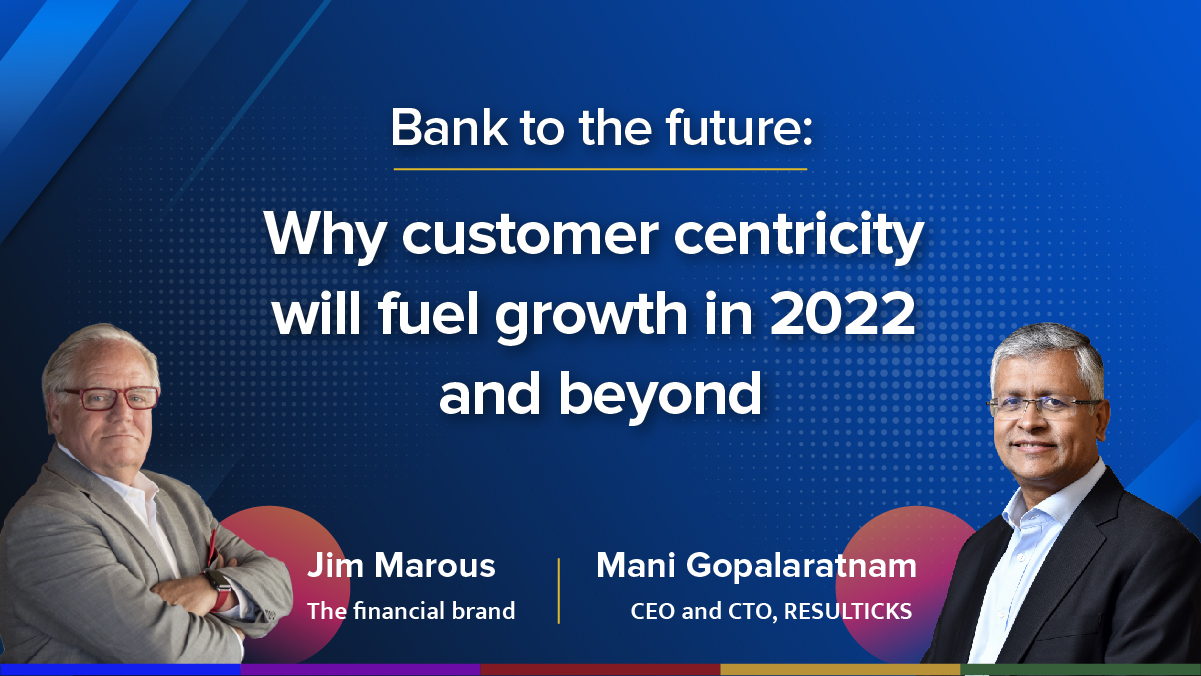The offline retail landscape has never been a static one. But it has perhaps never been as subject to constantly shifting trends and events as it is now, especially with COVID-19 moving from a backdrop issue to a full-front assault on the industry. The societal, cultural, economic, and political fluctuations in these times are spurring retailers to learn, unlearn, and relearn what retail customer engagement should be in a world of instant, continuous connections. And malls will be part of these transformations.
Malls today are far from simply leasers of real estate. Neither are they purely places for transactions. No longer defined by one particular role, they now take on different functions for their diverse customer segments. They have evolved to become experiential zones, increasingly providing shoppable entertainment and immersive experiences tailored to the needs, interests, and profiles of consumers.
As more and more brands embrace direct-to-consumer initiatives thanks to the opportunities for personalized, just-in-time engagement, there is an urgent need for malls to redefine the consumer experience and create more compelling connections from the offline to the online, in order to stay relevant in these testing times.
Curating the mall experience
Malls have certainly become far more interactive and immersive, with the addition of technology such as virtual reality, augmented reality, beacons, and more. There has also been a steady trend of malls hosting events such as art exhibitions, wine promotions, food festivals, fashion zones, pop-ups stores, and even experiential retail experiments.
In general, all of these combine to give the mall a unique advantage—the ability to curate its space, offerings, and interactions based on their consumer segments’ unique interests, purchase patterns along with their digital behavior, propensities, responses to campaigns, sentiments, and so much more. In the current scenario of reduced offline interactions, malls must consider leaning more heavily on the wider array of channels and devices and move towards a decidedly omnichannel approach to customer engagement.
Towards this objective, it is important that malls integrate their data from all sources and channels to gather a holistic view of their consumers and identify opportunities to engage them in new experiences. They need to figure out when, where, how, and who to engage, both within and beyond their physical parameters. They need to invest in the right technology and innovative touchpoints, strategically guide consumers to the right experiences and expedite their ongoing shopper journeys, online or offline.
Driving proactive, contextual, and targeted engagement
To continue to engage with the customer even in times of potentially prolonged uncertainty, malls need to tap into data related to their behavior, profiles, propensities, and more—in order to generate incentivized shopper traffic.
Here are some tactics that malls can employ:
• Targeted “Hero” offers
The days for cookie-cutter retail experiences are over, and the same goes for the offers and product recommendations brands use to pique consumers’ interests. They should harness audience insights over time to design hero offers, reward-based campaigns and even coupon codes for specific segments, strategize cross/upsell campaigns, and target consumers with progressively more relevant offers to move them towards purchase.
• Leveraging AI for optimal engagement
With the emergence of certain AI-powered solutions, malls will be able to derive the channel, time, and content propensities of their consumers over the course of interactions and campaigns across touchpoints.
For example, they can determine that they can optimize campaign outcomes and spend by sending mobile notifications on discount offers on Thursday mornings for a particular target audience. Moreover, with the power of AI, malls will be able to continuously refine such insights for their entire audience base to achieve even better results in the future.
• Tapping on consumer traffic insights
The arrival of technology such as GPS, beacons, and NFC sensors has allowed malls to not only guide consumers but engage them in real time based on their specific location and proximity to specific tenants. However, in times when malls are looking for ways to engage outside the store, past data from these touchpoints can serve to inform them of audience behavior. For example, if maximum walk-ins have been experienced over the last quarter on the first ten days the month, malls can drive digital outreach around the same timeframe every month and expect better conversions.
• Unleashing the potential of social
Social media presents unprecedented opportunities for brands to interact with existing consumers and reach new audiences. It is certainly important to invest in influencer marketing tactics and leverage platforms like Facebook and Instagram to deliver targeted ad campaigns and activate new audiences through look-alike targeting. Malls also need to strategize such communications in the context of their omnichannel marketing efforts.
This means harnessing real-time audience insights on social to switch from paid channels to owned ones and refine the next steps in individual consumer journeys. For example, the brand can respond to specific social mentions and audience sentiments with re-targeting campaigns on other touchpoints or activate call center outreach to address potential issues before they worse.
• Staying on the consumer’s radar
Malls today cannot be satisfied with simply interacting with consumers when they, for example, arrive to redeem points or shop. They need to stay on their consumers’ radar. They can harness attributes such as loyalty points to deliver content recommendations through the right channels to maintain brand presence, sustain consumer interests, and entice them to action with educational or entertaining content on relevant offerings.
The future of consumer engagement for malls is real-time, individualized, and omnichannel—like almost every other industry that is going through this same momentous shift. The challenge is in adapting this approach to fit the constantly changing paradigm of realities. It is a transformation that demands being nimble and making significant investments of various types of resources but the rewards—continued relevance in a shifting retail landscape, optimal spend, increased engagement, and rising top-line growth—will be well worth it.

















